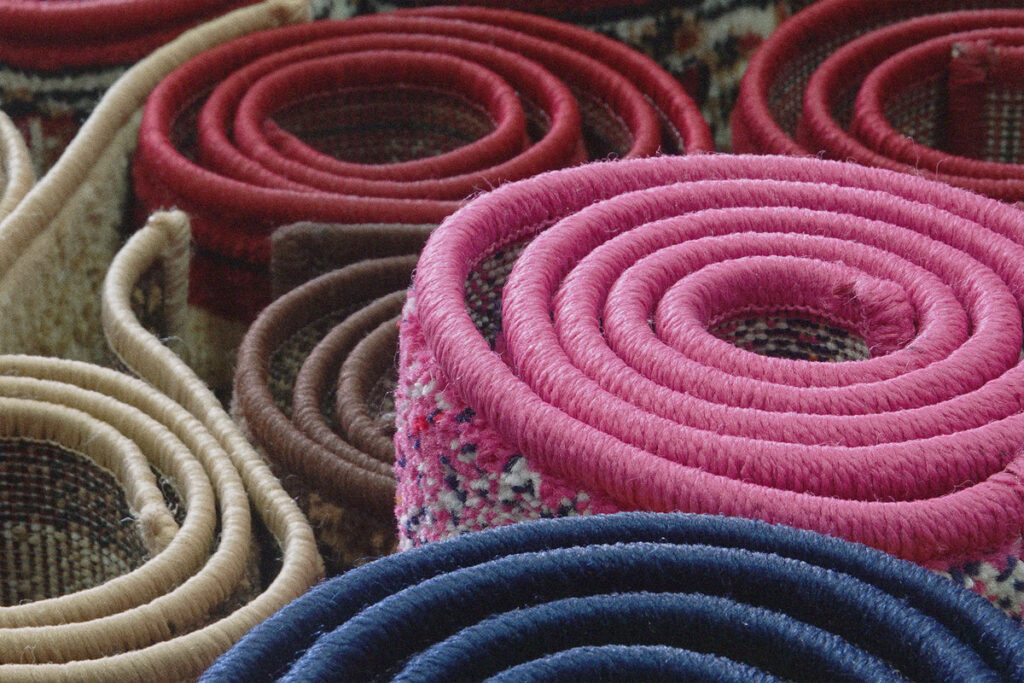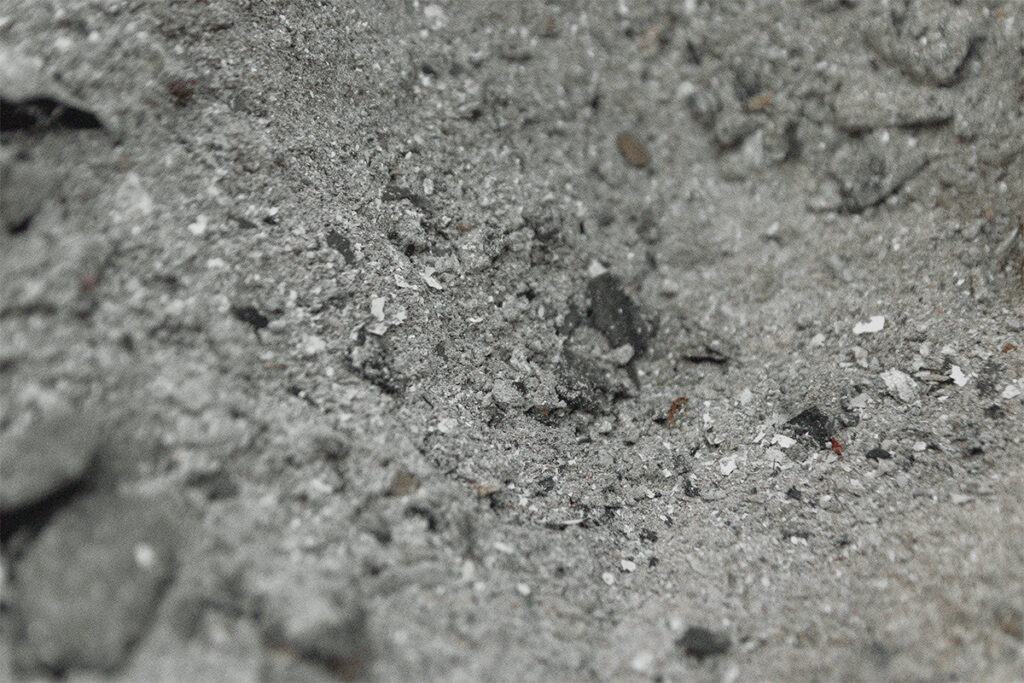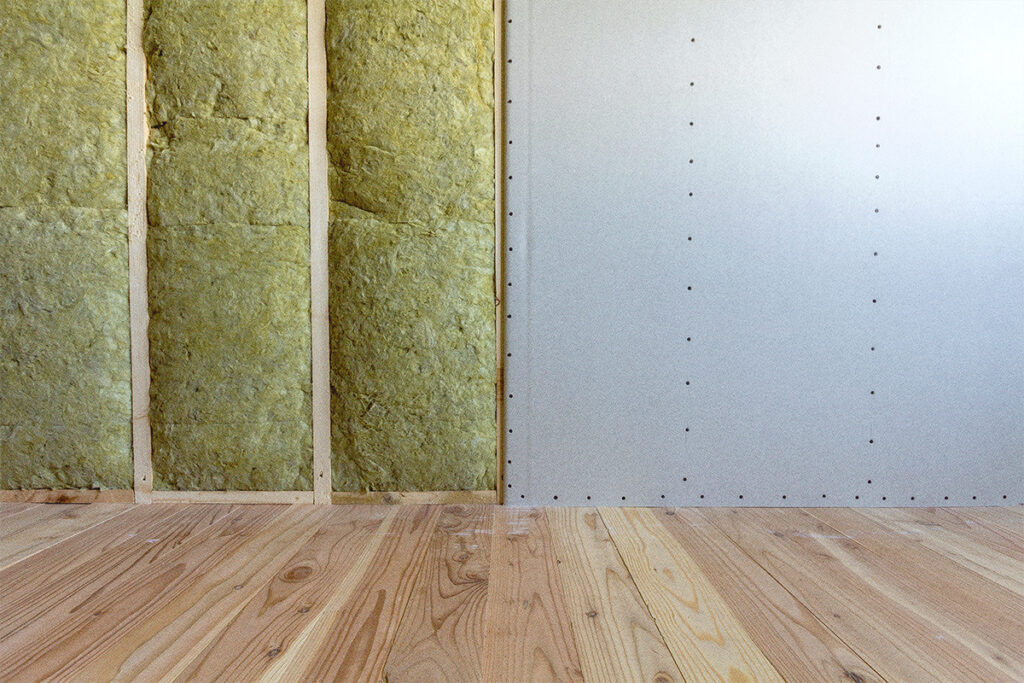Keep reading about similar topics.




This paper was prepared by Perkins+Will, in partnership with Healthy Building Network (HBN), as part of a larger effort to promote health in the built environment. Indoor environments commonly have higher levels of pollutants, and architects and designers may frequently have the opportunity to help reduce or mitigate exposures.
The purpose of this report is to present information on the environmental and health hazards of PVC, with an emphasis on information found in government sources. This report is not intended to be a comprehensive analysis of all aspects of the PVC lifecycle, or a comprehensive comparative analysis of polymer lifecycles. Rather, in light of recent claims that PVC formulas have been improved by reducing certain toxic additives, this paper reviews contemporary research and data to determine if hazards are still associated with the lifecycle of PVC. This research has been surveyed from a perspective consistent with the precautionary principle, which, as applied, means that where there is some evidence of environmental or human health impact of PVC that reasonable alternatives should be used where possible. Furthermore, and more generally, this paper is intended to build greater awareness of this common building material.